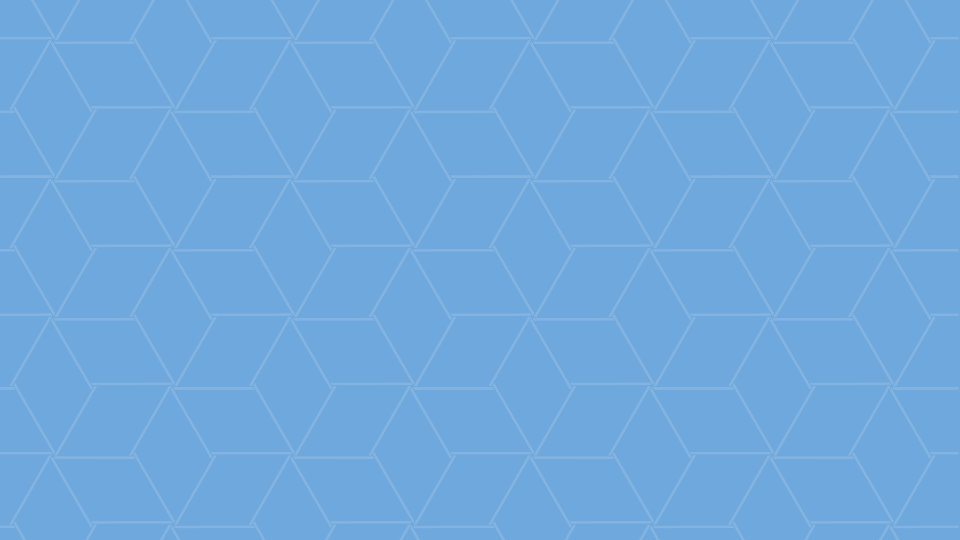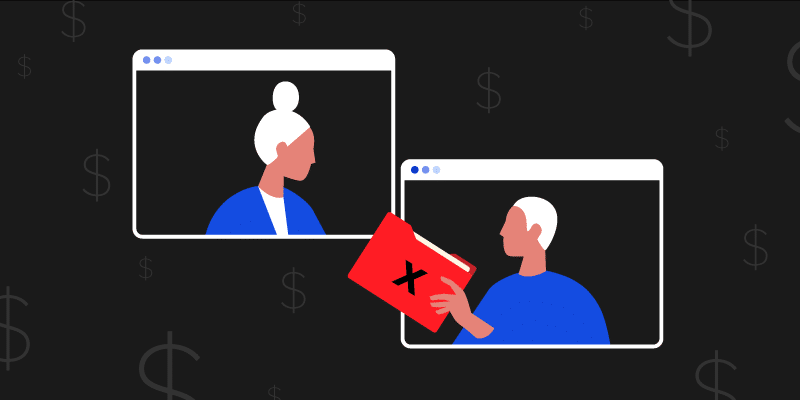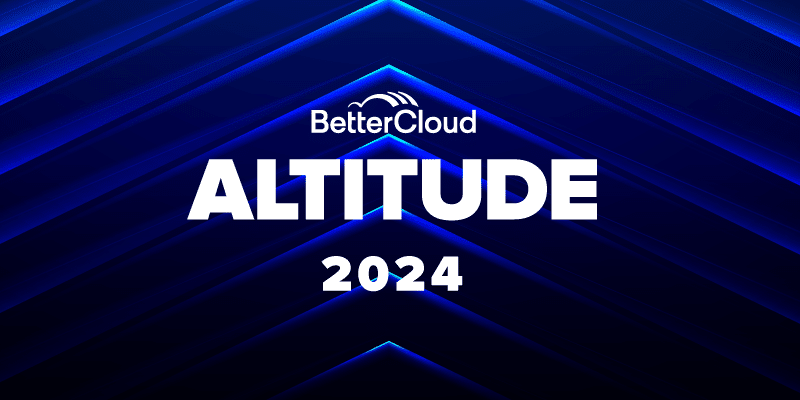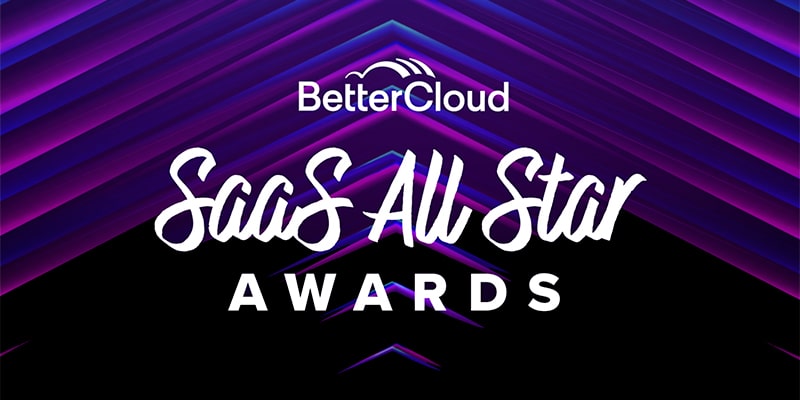Shedding Light on "The Cloud"
September 27, 2012
3 minute read
 After reading Citrix’s summary of its recent Cloud Survey it became evident that a huge education gap exists around cloud computing, which lies at the core of BetterCloud, and thousands of businesses like it. Cloud computing is undoubtedly the future of IT and even for the 54% of American’s who claim to have never used cloud computing, 95% of this same group is actually already embracing this technology through online shopping, banking, file sharing and even email.
After reading Citrix’s summary of its recent Cloud Survey it became evident that a huge education gap exists around cloud computing, which lies at the core of BetterCloud, and thousands of businesses like it. Cloud computing is undoubtedly the future of IT and even for the 54% of American’s who claim to have never used cloud computing, 95% of this same group is actually already embracing this technology through online shopping, banking, file sharing and even email.
Working at BetterCloud, it’s sometimes easy to forget that the cloud computing industry is so new. And although the majority of businesses have yet to transition their IT to the cloud for several common reasons, Citrix’s survey and industry trends show that a growing number of consumers and businesses highly value cloud computing. According to Citrix, despite the confusion regarding cloud technology, the majority of respondents believe “the workplace of the future” will exist entirely in the cloud, indicating that those who fail to embrace the cloud will be left behind in their professional lives.
In an effort to shed some light on the “mysterious” world of cloud computing and more specifically illuminate how BetterCloud fits into this world, I thought I should provide a brief overview of our company and how we fit into one of the largest enterprise cloud ecosystems, Google Apps.
Enterprise Messaging Systems
To begin, let’s go back to the source – legacy messaging software. Some of the best known systems include Microsoft Exchange and Lotus Notes. Companies use these clients for messaging (aka email), calendaring and much more. Legacy systems like this are considered to be “on premise,” meaning the servers that hold the data coming in and out of the systems are housed and managed by the individual companies using the software (aka not in the cloud).
To successfully operate a legacy system, IT administrators must routinely install software onto a user’s device and then periodically physically update that software. IT personnel are also charged with maintaining servers to store company information, adding new servers if the system becomes overloaded and so forth.
Google Apps
The technology behind Gmail, Google’s free consumer-facing messaging and collaboration system that’s now used by more than 425 million people worldwide, is the backbone of Google Apps.
In addition to the messaging and collaboration components found in Gmail like email, Docs and Talk, Google Apps gives businesses a variety of useful functionality. In particular, Google Apps gives a company’s IT administrators the ability to control certain aspects of their users’ Google Apps environment. This includes disabling or enabling certain features, like the ability to chat with people outside of your domain via Google Talk, as well as the ability to add third-party products or applications to the Google Apps domain, such as a CRM or task management system.
Unlike on-premise legacy systems, IT personnel at companies that employ services in the cloud like Google Apps, outsource server management to large third-party companies like Google. Software updates are also pushed out by Google in the background, considerably lightening the burden on IT. The first company I worked at spent tens of thousands of dollars and hundreds of man hours updating and patching the organization’s software, while a typical company running Google Apps can focus on more critical, business-focused IT issues while their messaging and collaboration suite updates itself automatically.
FlashPanel
Though the functionality of Google Apps is astonishing on it’s own, the system is made even more powerful through the integration of third-party applications, like our Google Apps management tool, FlashPanel. Third-party applications for Google Apps are available in the Google Apps Marketplace. This “web store” houses over 600 applications, each providing a service useful to businesses and individuals operating in the Google Apps ecosystem. Marketplace Apps give users many different capabilities, from accounting software, to time tracking, CRM and more, but FlashPanel focuses on the actual management and administration of Google Apps.
Our product, FlashPanel, greatly streamlines the Google Apps management process by simplifying and automating various management tasks and provides greater security over and insight into a Google Apps domain through Drive visibility and in depth reporting. Some features our users have found particularly useful include:
- Email Signature Standardization, which allows you to create and push out standardized email signatures to your entire organization or different departments within your organization.
- User Deprovisioning Workflow, which allows administrators to quickly and systematically retire the Google Apps accounts of departing employees.
- Access Control, which enables admins to grant access to certain areas of Google Apps to department heads or help desk attendants.
To some, BetterCloud seems to have cornered a very niche market of the cloud, revolving entirely around the Google Apps ecosystem. However, with the speed companies are ‘Going Google’ and embracing the cloud, it’s clear this space is only in its most nascent stages and we’re excited to be here at the beginning.






